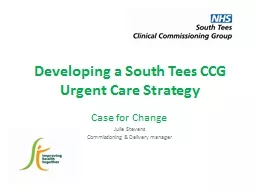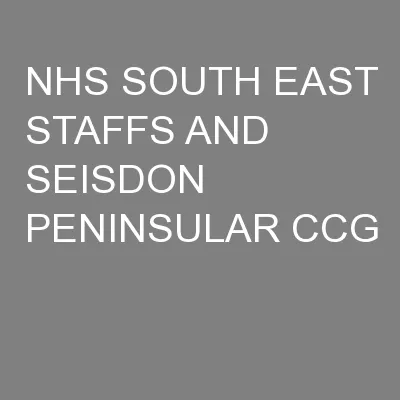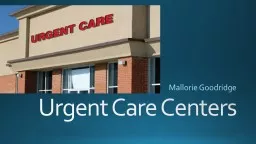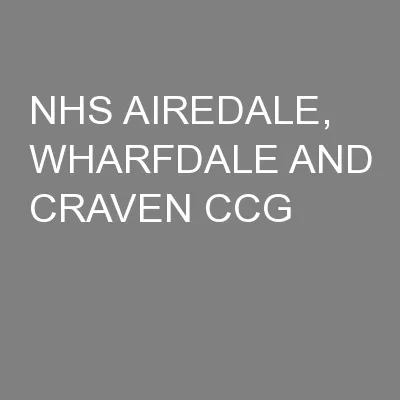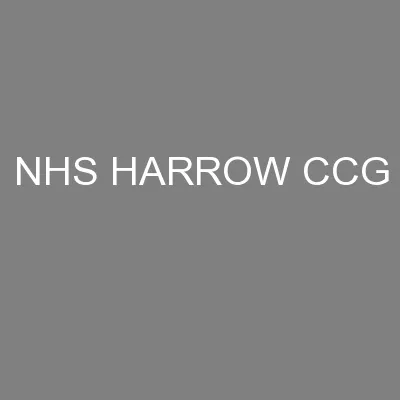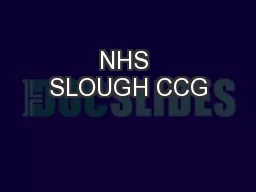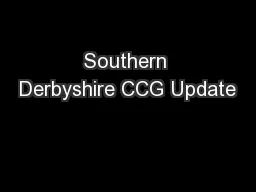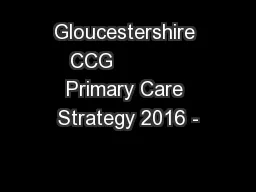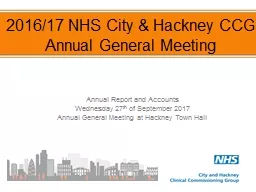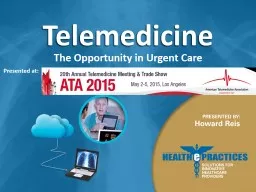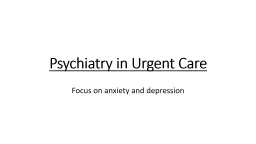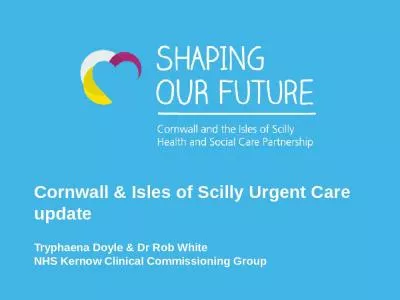PPT-Developing a South Tees CCG Urgent Care Strategy
Author : sherrill-nordquist | Published Date : 2017-07-02
Case for Change Julie Stevens Commissioning amp Delivery manager Scope Urgent Care Defined as the range of health services available to people who need urgent advice
Presentation Embed Code
Download Presentation
Download Presentation The PPT/PDF document "Developing a South Tees CCG Urgent Care ..." is the property of its rightful owner. Permission is granted to download and print the materials on this website for personal, non-commercial use only, and to display it on your personal computer provided you do not modify the materials and that you retain all copyright notices contained in the materials. By downloading content from our website, you accept the terms of this agreement.
Developing a South Tees CCG Urgent Care Strategy: Transcript
Download Rules Of Document
"Developing a South Tees CCG Urgent Care Strategy"The content belongs to its owner. You may download and print it for personal use, without modification, and keep all copyright notices. By downloading, you agree to these terms.
Related Documents

